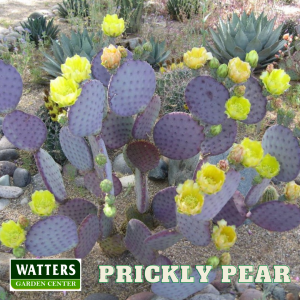Below are the Top 10 medicinal plants used by Yavapai County founders and their use.
Agave has thick leaves clustered to resemble a giant artichoke. It is referred to as the “Century Plant” because the plant blooms once every century. The tall flower stalk is high in sugar and the leaves are full of fiber. Flower stalks can be eaten raw or cooked. The base is boiled into a delicious syrup found in grocery stores today. The plant offers antibiotic, antiviral and healthy fungicidal properties.
Barrel Cactus is a short-round plant famous for its beauty in the Southwest landscape. Its flowers and fruit are both edible. The fruit lacks needles and can be consumed raw from the plant, seed and all. A TV myth is that water can be extracted from Barrel Cactus for emergencies, which is untrue. Barrels are very tough and challenging to open. The effort causes the body to use more water than is actually received. When successful, they are known to cause diarrhea, so they are not a good emergency source of water. Carry a bottle.
Mahonia is often referred to as Oregon Grape Holly. The bright gold flowers of spring form dark “sweet-tart” berries in mid-summer. The grapes are eaten fresh and made into preserves. The roots are utilized for liver, gastrointestinal and microbial issues.
Manzanita is the Spanish word for “small apples” and describes the fruit flavor. However, it is mealy and contains an abundance of seeds. They can be eaten raw, although they are mealy, with lots of seed. The best use is as a Manzanita jelly. Tea made from its leaves was used to cure urinary tract infections.
Prickly Pear cactus is easily identified with its flat pads and oval-shaped fruits. The flowers and pads are edible when young and tender. The fruit is ripe when deep red. The best way to eat the fruit is to scoop out the shell and roast it. Prickly pear has some medicinal properties, as it balances blood sugar. Its pulp and juice soothe the digestive tract, and the inside of the pads heal burns, wounds or inflamed skin when applied topically.
Serviceberry Trees are found throughout the ponderosa pines, providing summer berries. The fruit is ripe when turning entirely purple with a sweet, juicy berry. Tea from its leaves is not drinkable but was used as a wash for bruises, stings and insect bites.
Silk Tassel is used as a pain reliever and antispasmodic for cramps. The Mohave and Kawaiisu Indians use it for stomach cramps and diarrhea. Astringent for the digestive tract, it is a remedy for diarrhea or dysentery. It is also used for intestinal or menstrual cramping.
Each is a stunning landscape plant, even without its medicinal uses. They are easy to grow and create a low-maintenance landscape for non-herbalists.
Until next issue, I’ll be helping gardeners grow healthy plants here at Watters Garden Center. QCBN
By Ken Lain
Ken Lain can be found throughout the week at Watters Garden Center, 1815 Iron Springs Road in Prescott, or contacted through his website at WattersGardenCenter.com or Top10Plants.com.






Leave a Reply